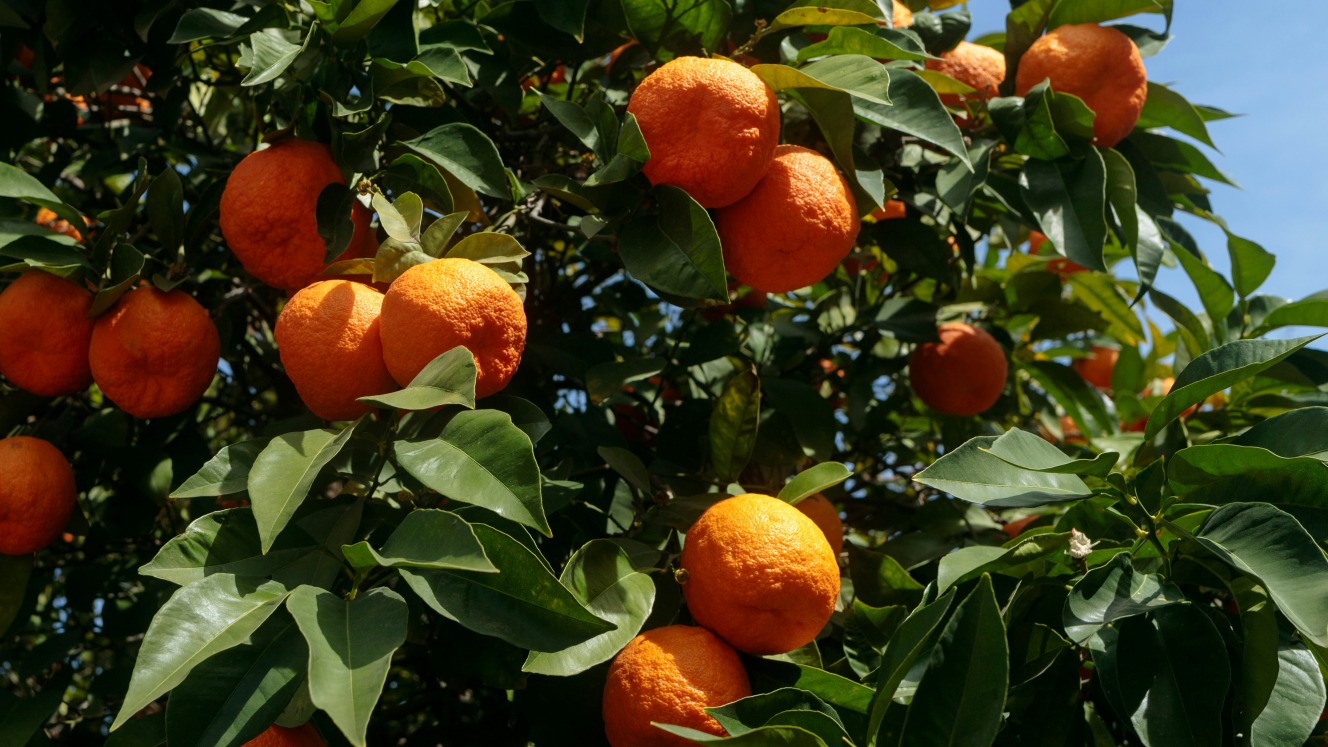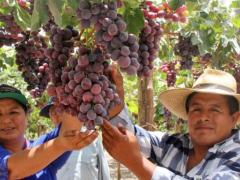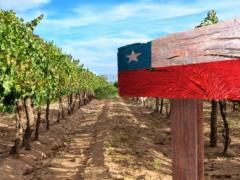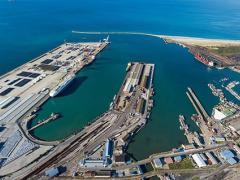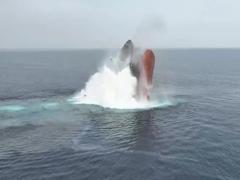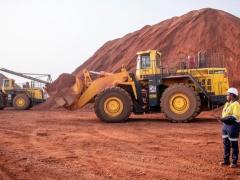Exports amount to less than 2% of production Ray Smuts KWV HAS two reasons for celebrating. Not only have its 10 and 20-year old brandies garnered the highest accolades at the 2003 International Wine and Spirits Competition in London, but the dark days of the late 90s appear to have been a flash in the pan. Those were what KWV brandy expert Kobus Gelderblom indeed describes as “drastic days” as many brandy drinkers switched to white spirit varieties almost overnight, including a considerable Zulu consumer base in KwaZulu Natal. KWV’s 10, which made its first appearance in 1936, is undoubtedly the flagship brandy, but of the 60 000 cases produced this year only 5 000 will be for export. Gelderblom says “reasonable growth” of the order of 9% is manifesting itself for premium brandy generally and 15% specifically for KWV 10 and 20. Apart from its many fine wines which are for export alone (unless one happens upon KWV’s shop in Paarl), the brandy range comprises 3 and 5-year old for main markets in the UK and Canada and a blended brandy Imoya - judged the world’s best brandy at the IWSC in London in 200 - exported to the US alone where it sells for around $30 a bottle. KWV also produces a number of export brandies under different labels, among them Cape Brandy, destined mainly for Nordic countries and Paarl 5 Star for Canada. Gelderblom says KWV brandy exports only amount to about 500 000 litres, less than 2% of total production. Brandy expert Kobus Gelderbom in a Paarl maturation cellar with the pride of KWV’s premium brandies.
